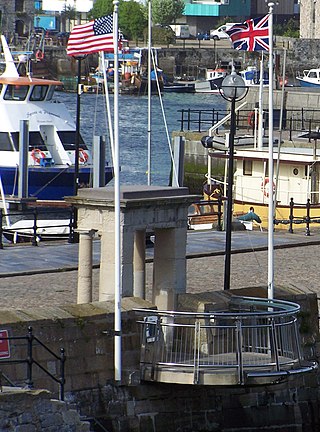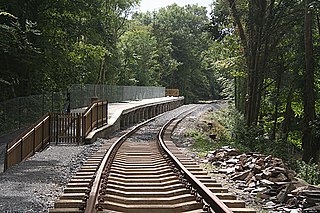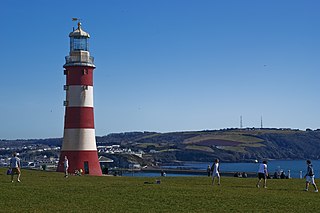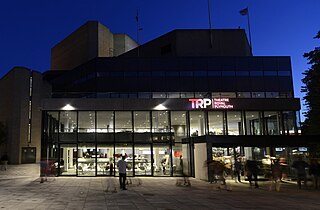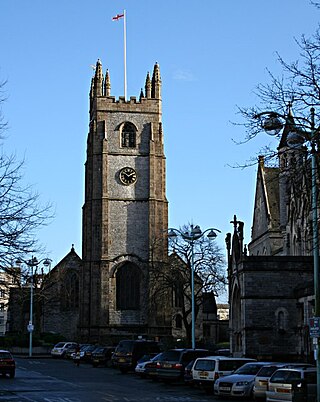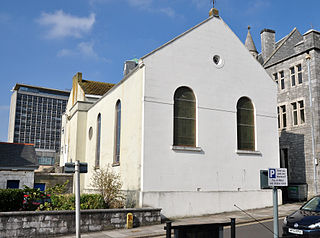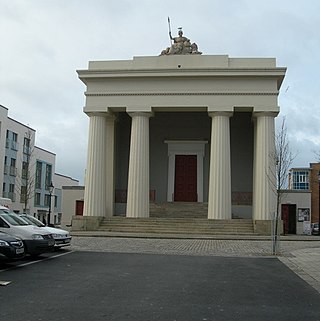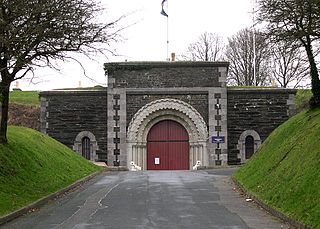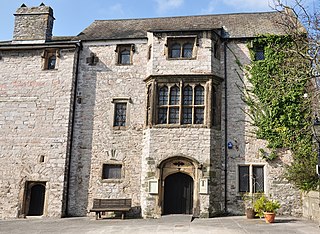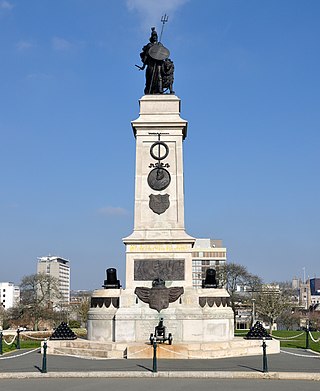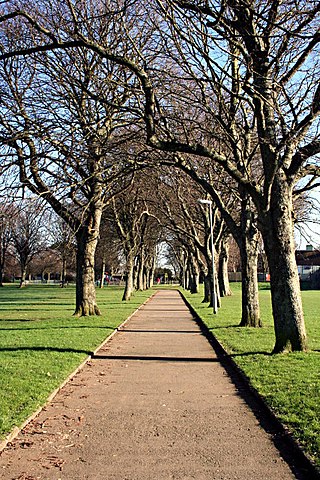14 Sights in Plymouth, United Kingdom (with Map and Images)
Legend
Welcome to your journey through the most beautiful sights in Plymouth, United Kingdom! Whether you want to discover the city's historical treasures or experience its modern highlights, you'll find everything your heart desires here. Be inspired by our selection and plan your unforgettable adventure in Plymouth. Dive into the diversity of this fascinating city and discover everything it has to offer.
Sightseeing Tours in PlymouthActivities in Plymouth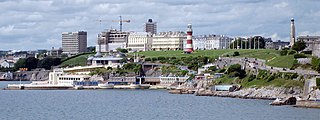
Plymouth Hoe, referred to locally as the Hoe, is a large south-facing open public space in the English coastal city of Plymouth. The Hoe is adjacent to and above the low limestone cliffs that form the seafront and it commands views of Plymouth Sound, Drake's Island, and across the Hamoaze to Mount Edgcumbe in Cornwall. The name derives from the Anglo-Saxon word hoh, a sloping ridge shaped like an inverted foot and heel.
The Mayflower Steps are close to the site in the Barbican area of Plymouth, south-west England, from which the Pilgrim Fathers are believed to have finally left England aboard the Mayflower on 6 September 1620, before crossing the Atlantic Ocean to settle in North America. The traditional site of their disembarkation in North America is Plymouth Rock.
3. Plym Valley Railway
The Plym Valley Railway is a 1 mile 14 chains (1.9 km) heritage railway based on part of the now-closed South Devon and Tavistock Railway, a branch line of the Great Western Railway in Devon, England. The line originally opened in 1859 and closed in 1962. Heritage first ran in 2001.
4. Smeaton's Tower
Smeaton's Tower is a redundant lighthouse, now a memorial to civil engineer John Smeaton, designer of the third and most notable Eddystone Lighthouse. A major step forward in lighthouse design, Smeaton's structure was in use from 1759 to 1877, until erosion of the ledge it was built upon forced new construction. The tower was largely dismantled and rebuilt on Plymouth Hoe in Plymouth, Devon, where it stands today.
5. Saltram House
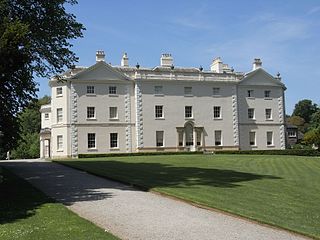
Saltram House is a grade I listed George II era house in Plympton, Devon, England. It was deemed by the architectural critic Pevsner to be "the most impressive country house in Devon". The house was designed by the architect Robert Adam, who altered and greatly expanded the original Tudor house on two occasions. The Saloon is considered one of Adam's finest interiors. Saltram is one of Britain's best preserved examples of an early Georgian house, and retains much of its original décor, plasterwork and furnishings. It contains the Parker family's large collection of paintings, including several by Sir Joshua Reynolds (1723-1792), who was born and educated at Plympton, and was a friend of the Parker family.
6. Palace Theatre
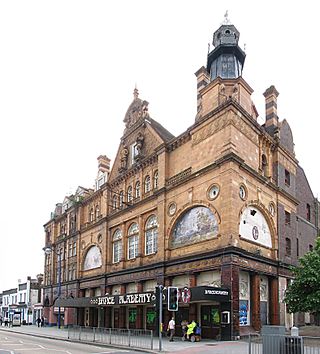
The Palace Theatre is a disused theatre in Union Street, Plymouth, Devon in south west England. It opened in 1898 as a music hall but was damaged by fire only three months after opening, and was re-opened in 1899 as the New Palace Theatre of Varieties. In 1961 it was converted to a bingo hall, but later reverted to being a theatre as the Palace Theatre until 1983, when it became The Academy disco and finally operated as the Dance Academy, before being closed after Class A drugs were found on the premises.
7. Theatre Royal & The Drum
Theatre Royal, Plymouth, is a theatre venue in Plymouth, Devon. It consists of a 1,300-seat main auditorium, The Lyric, which regularly hosts large-scale musicals, opera and ballet; a 200-seat studio, The Drum; and a 50-seat studio, The Lab. On a separate site, Theatre Royal Plymouth also has a production and learning centre, TR2, featuring rehearsal studios and workshops for the production of set and costumes.
8. Minster Church of St Andrew
The Minster Church of St Andrew, also known as St Andrew's Church, Plymouth is an Anglican church in Plymouth, Devon in England. It is the original parish church of Sutton, one of the three towns which were later combined to form the city of Plymouth. The church is the largest parish church in the historic county of Devon and was built in the mid to late 15th century. The church was heavily damaged during the Plymouth Blitz but was rebuilt after the war. It was designated as a Minster Church in 2009 and it continues to operate as the focus for religious civic events for the city and as a bustling evangelical church.
9. Plymouth Synagogue
The Plymouth Synagogue, also called the Plymouth Hebrew Congregation, is an Orthodox Jewish congregation and synagogue, located on Catherine Street, in the city of Plymouth, Devon, England, in the United Kingdom. The congregation was formed in c. 1740s and worships in the Ashkenazi rite.
10. Devonport Guildhall
Devonport Guildhall is a municipal building that served as a municipal hall, courthouse, mortuary, and police station, located in the municipal centre of the town of Devonport, in Plymouth, Devon, England. The site fell into disrepair and since the mid-1980s has been repurposed for community facilities. It is a Grade I listed building.
11. Crownhill Fort
Crownhill Fort is a Royal Commission Fort built in the 1860s in Crownhill as part of Lord Palmerston's ring of land defences for Plymouth. Restored by the Landmark Trust, it is now home to several small businesses, museums, exhibitions and a holiday apartment sleeping up to eight people. The Fort is open to the public on the last Friday of each month and hosts tours for local schools and societies at other times.
12. Prysten House
Prysten House is a Grade I listed 15th century merchant's house situated close to St Andrew's Church in the city of Plymouth, England. It is a large U-shaped three storey split level house built c. 1498 and extended 1635.
13. Armada Memorial
The Armada Memorial is a monument on Plymouth Hoe, Plymouth, Devon, England. Built in 1888, the monument celebrates the tercentenary of the defeat of the Spanish Armada, which was sighted by English captains stationed in the city. It is a granite structure, decorated with bronze crests and a statue of Britannia.
14. Devonport Park
Devonport Park is a public park located in Devonport, Devon, England. The historic park dates back to the 1850s and is situated on former military land. The park is home to many historic monuments including a war memorial to the 2,000 Devonport citizens who died in the First World War.
Share
How likely are you to recommend us?
Disclaimer Please be aware of your surroundings and do not enter private property. We are not liable for any damages that occur during the tours.
